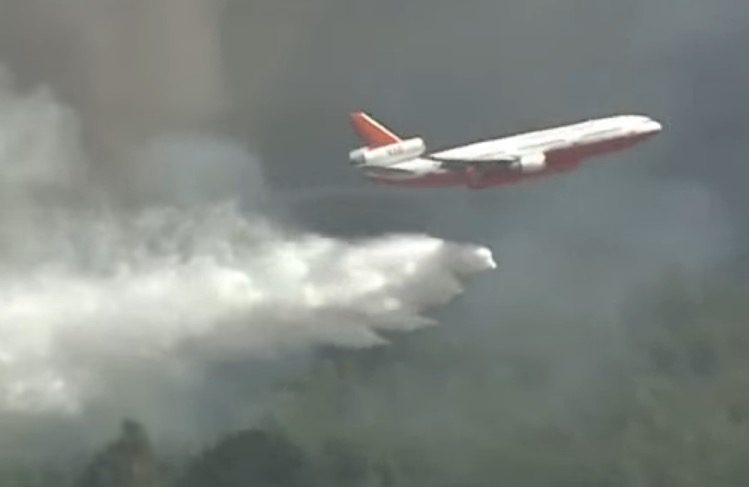The airplane is believed to be the safest mode of transportation. However, terrible plane crashes unfortunately continue to occur. One of the most deadly flight accidents happened in Chicago. According to chicago-future.com, the McDonnell Douglas DC-10 airliner crashed in 1979.
This flight was from Chicago to Los Angeles. Just 1 minute after takeoff, the airliner crashed about 1.5 kilometers from Chicago’s O’Hare Airport. The reason was the disconnection of the left engine No.1, which ruptured one of the hydraulic systems and tore off part of the wing. The catastrophe shocked the world because no one on board survived.
What really happened?

When the airplane took off, engine number 1 separated from the wing, and a meter-long section of the wing’s leading edge broke off from the pylon. As a result, the plane’s components fell off onto runway 32R at Chicago O’Hare Airport.
After losing control, American Airlines Flight 191 aircraft crashed just 1400 meters beyond the runway. Tragically, all 258 passengers on board and 13 crew members were killed. Moreover, 2 workers from a garage, which was located close to the accident scene, also died. The death toll reached 273 individuals.
The engine separation resulted in the failure of several hydraulic systems of the aircraft. Although the plane could go up about 300 feet (91.5 meters), the crew soon lost control due to malfunctions. An aerodynamic stall occurred in the left wing, causing the aircraft to roll to the right at an angle of 112 degrees.
What was the cause of the engine’s disconnect?

The cause of the engine loss was identified during the investigation of this air disaster. Several witnesses to the crash stated that when the aircraft took off, it did not collide with any object that could have caused the detachment.
In conclusion, the NTSB determined that the engine pylon was damaged due to improper maintenance performed two months before the accident. The investigation revealed that the mechanic completed his job hastily and incorrectly, ignoring the installation and removal instructions for engine No.1 and its mounting.
He took out the engine and pylon from the wing as a single unit, which was incorrect, as each component should have been removed separately. In addition, a hoist was used for the removal and installation. When installing the whole unit back, impact loads resulted in microcracks that eventually caused the connection failure.
The final maintenance procedure of the aircraft was overseen by the crew chief Earl R. Marshall. He committed suicide the night before he was to be summoned to the court for questioning.
“Unfortunate” aircraft

There have been other major air crashes involving the McDonnell Douglas DC-10 airliner before. We are talking about American Airlines Flight 96 and Turkish Airlines Flight 981. In both cases, cargo doors were broken. Although there were no fatalities in the first accident, all 346 passengers died in the second one.
These events undermined public trust in the aircraft and the crash of American Airlines Flight 191 worsened the situation even more. Therefore, on June 6, 1979, the Federal Aviation Administration (FAA) decided to suspend the DC-10 type certificate. All American DC-10 aircrafts were banned by this ruling.
On July 13, 1979, the FAA reinstated the DC-10 type certificate. Flight 191 was not the last air accident involving this plane, but subsequent crashes were not related to similar causes.


